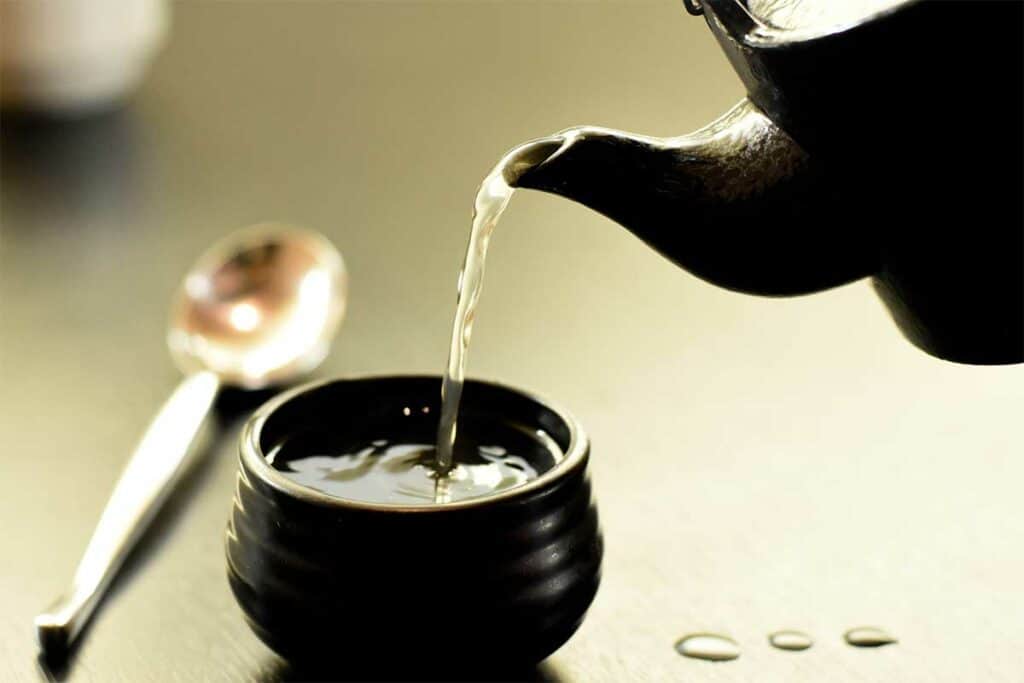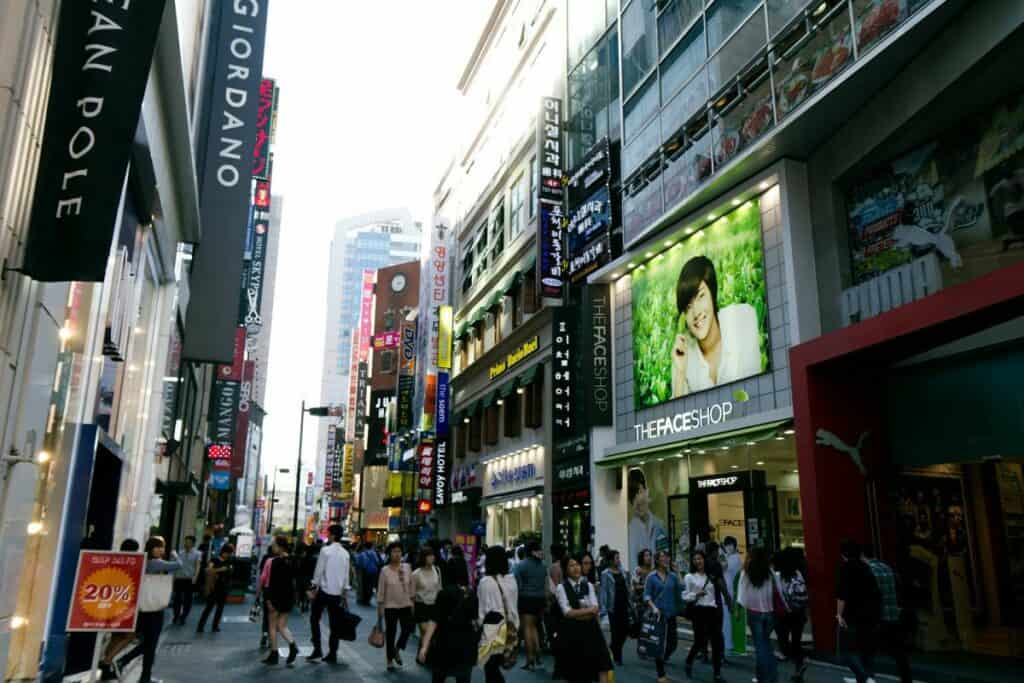Korean folks love to drink tea. You would be stunned by what number of traditional tea houses and present-day houses can be found on each side of Korea. While a large portion of the world perspectives tea as refreshment made by putting hot water on some sort of leaf, Koreans appear to make tea with everything without exception they can put boiling water on. Super-hot water on blossoms? Why not? Heated water on certain roots from the nursery? Definitely! You can discover a variety of conventional tea cafes if you go to Insadong, Seoul in Korea.
Tea house for the most part gives some Korean customary desserts and rice cakes with tea. Drinking tea implies a great deal to the Korean people. From the beginning of time Koreans have shared a few desserts and some tea with families and friends. Because of this, customary tea houses can have long rather significant arrangements of teas. It tends to be overpowering sometimes.
Best Korean Tea and Places to Experience
Korean Tea Ceremony
Darye 다례 is a traditional Korean tea service. Darye’s literal meaning is manners or etiquettes for tea. Darye has more than a thousand years of history. Not only Korean conventional tea service encourages you to reflect but it also makes your brain tranquil. It causes you to feel unwinding and alleviating. That is the reason the Korean tea ceremony is the ideal method of relax in the quick-paced present-day society in Korea. Particularly Korea has prevailing 빨리빨리(Ppal li-Ppal li, which means hurry-hurry) culture.
There are three various types of styles (Royal Darye, Seonbi Darye, and Friends Darye) in Korean tea ceremony. First, the Royal Darye is gone to by the lord and it keeps going for 8 hours. Second, the Seonbi Darye is for Korean Confucian scholars and as a rule, this service for men yet besides open for the two sexual orientations. Both Darye is led peacefully. Moreover, the Friends darye is like western evening tea so it’s increasingly easygoing and individuals can appreciate visiting with certain desserts.
Furthermore, the tea normally served in customary and excellent ceramics. Stoneware for the most part made in commonplace ovens with porcelain. We some of the time utilize lovely stoneware with Korean arts for tea ceremony. Truly the dishes and cups are made with religious impact. Celadon or jade green shading ceramics is for Buddhist tea ceremonies and the most perfect of white stoneware is for Confucian tea customs.
If you want to learn and experience traditional Korean tea ceremony with the professor, check HERE.
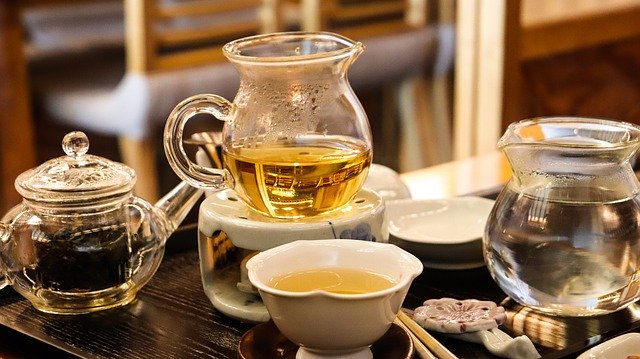
12 Best Korean Teas
There are many sorts of tea in Korea. Cha implies Tea in Korean. Korea has leaf teas, blossom teas, organic product teas, Grain, Bean, seed teas, Root, shoot, bark teas, Combination, and different teas. So, you can tell a variety of sorts of Korean tea have their extraordinary taste and flavor.
NOKCHA (녹차 Green Tea)
As one of the most famous teas in Korea, green tea has immovably settled itself at the front line of the prosperity blast of the 21st century. Besides, the taste of green tea changes, contingent upon the temperature of the water. Green tea is best served in the wake of being saturated with waters at temperatures of 60-70°C. Likewise, setting up your tea in an appropriate tea set makes the green tea experience only substantially more charming.
YEONNIP-CHA (연잎차 Lotus Leaf Tea)
Produced using the young leaves from the lotus plant; the leaves are heat-treated by steaming or simmering and afterward dried. This is a tea that has been appreciated for a huge number of years. Besides, it has a huge amount of advantages for the body and soul.
YEONKKOT-CHA (연꽃차 Lotus Flower Tea)
The blossom of the lotus plant is dried and mixed with boiling water to make this natural tea. Yeonkkot cha is known to battle pressure, standard glucose levels, and to improve cardiovascular wellbeing.
UEONG-CHA (우엉차 Burdock Roots Tea)
Dried, broiled burdock root makes a tea known for its restorative advantages that emphasize basically on blood and the circulatory framework.
SSUK-CHA (쑥차 Mugwort Tea)
Artemisia vulgaris, normally called mug-wort, is a plant that is utilized for restorative purposes. The tea produced using this herb is powerful is battling torment, regarding fever and utilized as a diuretic operator.
YUJA-CHA (유자차 Yuzu Tea)
Stripped, de-pulped and meagerly cut Yuzu is saved in nectar. After the procedure is finished, the blend is jelly. This is spooned into heated water and blended to make tea.
DAECHU-CHA (대추차 Jujube Tea)
It is produced using jujubes; this tea is high in iron, potassium, and Vitamins B and C. Also, the shading ranges from profound ruby earthy colored to a rich, dull maroon.
OMIJA-CHA (오미자차 Magnolia Berry Tea)
Known as the five-flavor tea, this conventional drink is produced using dried magnolia berries. Regularly It is served on hot days with ice and highlights the five kinds of pleasantness, sharpness, harshness, saltiness, and sharpness.
MAESIL-CHA (매실차 Plum Tea)
Plum syrup blended in with water is the normal technique for making Maesil-cha. It can be made with the squeezing of ground green plums to make a concentrate that is then dried in the sun. What’s more, Koreans use green plum syrup to cook for healthy and natural sweetness.
YULMA-CHA (율무차 Job’s Tears Tea)
This somewhat sweet tea is superbly velvety to taste. It is regularly used to treat stomach ulcers and for some other stomach condition. It’s popular, especially in winter season.
INSAM-CHA (인삼차 Ginseng Tea)
Korean ginseng is remarkable. So we have it in various ways like tea, foods, and syrup. Insam-cha is made similar to red ginseng tea is in Korea.
SSANGHWA-TANG (쌍화차 Root Tea)
The tea produced using the blend of white forest peony root, Rehmannia root, Mongolian milkvetch root, Korean angelica root, lovage root, Chinese cinnamon bark, and Chinese licorice. Thus, it looks like oriental medicine tea with a sweet taste.
Korean Tea Food
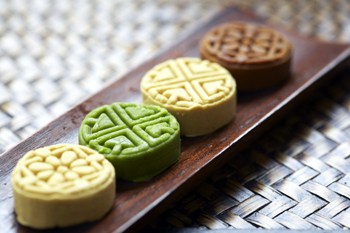
Dasik 다식
This tiny Korean tea treats come in a wide range of charming hues and shapes. Made by massaging powders from grain, seeds, and dust with nectar, Dasik takes on a somewhat sweet flavor. A straightforward yet rich Korean tea treat requires a basic and exquisite tea, for example, lotus blossom, to go with it.
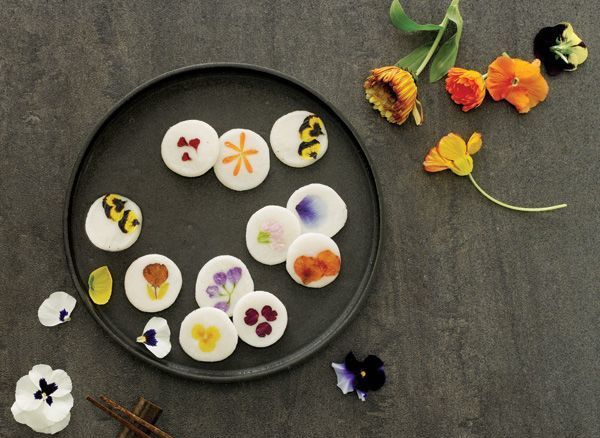
Hwajeon 화전
Hwajeon or bloom cake is a little Korean sautéed rice cake. It is made out of glutinous rice flour, nectar, and eatable petals from occasional blossoms, for example, rhododendron. It is eaten during the celebrations of Samjinnal and Buddha’s Birthday.
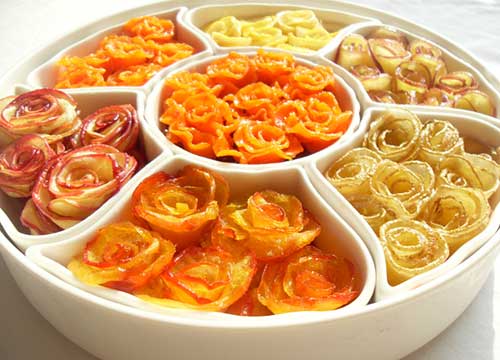
Jeonggwa 정과
Jeonggwa is a fresh, chewy hangwa with striking hues and a translucent look. It very well may be made by bubbling cut organic products, roots, or seeds in nectar, mullyeot, or sugar water, at that point drying the cuts, and alternatively molding them into blossoms or other enriching structures.
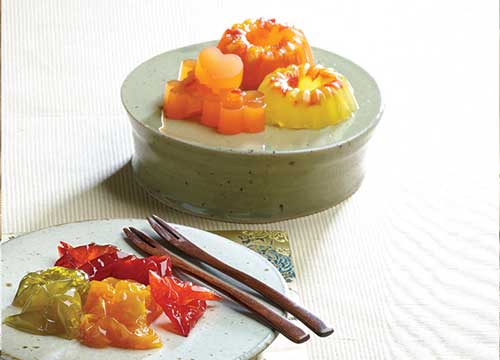
Gwapyeon 과편
Gwapyeon is a jam-like Hangwa made with organic products. In like manner, the bright organic product jam is ordinarily served at dinners. This great treat was served in the illustrious court during the Joseon line.
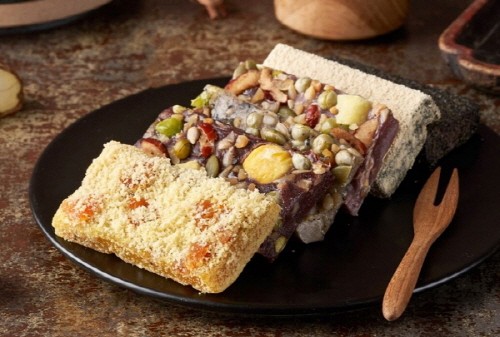
Tteok 떡
Tteok is a type of Korean rice cakes made with steamed flour made of different grains, including glutinous or non-glutinous rice. Likewise, steamed flour can be beaten, formed, or sautéed to make tteok. At times, tteok is beat from cooked grains.
Best Korean Tea Places
Beautiful Tea Museum (TEA STORY in Insadong) 아름다운 차 박물관
Tea sweethearts won’t have any desire to miss this interesting exhibition hall and teahouse in Insadong. Set in an elegant wood hanok (traditional Korean house) the little exhibition hall highlights work by youthful ceramists and showcases tea-related relics and authentic goodies from different tea delivering nations including China, Tibet, and obviously, Korea.
- Address: 19-11 Insadong-gil Jongno-gu Seoul
- Open hours: 09:00 – 22:00
- Phone: 02-735-6678
Tea Collective in Gangnam 티콜렉티브
A physical bistro structured with a characteristic tasteful where individuals can interface with each other, experience nearby tea assortments, and be motivated.
Most importantly, it’s a group of people who share a comparable way of thinking and effectively intend to carry on with a progressively adjusted way of life.
- Address: 449 Bongeunsa-ro Gangnam-gu Seoul
- Open hours: 11:00 – 22:00
- Phone: 02-6918-8255
The Eerang Tea Lounge in Hongdae 더이랑
Disregard your concerns as you while away an early evening time looking through The Eerang Tea lounge’s enormous glass windows out at its quiet patio garden. Additionally, the peaceful climate of the teahouse makes it a perfect spot to lose yourself in thought or have a scholarly discussion with a mate over a hot cup of Omijacha, a one of a kind “berry” tea.
- Address: 5F 107 Wausan-ro Mapo-gu Seoul
- Open hours: Mon. – Sat. 13:00 – 22:00
- Phone: 010-9106-9206
Chadeogbun in Incheon 차덕분
The refreshments of this place are scrumptious and come in varieties. The ocean view is awesome!!! Ideal spot aside from holding up because there are numerous individuals and taking the smell of fish while in transit to the primary floor of the structure since it is located in a fish market.
- Address: 12 Eunhasu-ro Jung-gu Incheon
- Open hours: 11:00 – 21:00
- Phone: 0507-1385-2486
Totem Oeo in Jeju 토템오어
When thinking about a spot to meet with buddies, we frequently think about an eatery or a bistro. However, here in Jeju island, there is another setting that you probably won’t have thought of. The Totem Ore! Not at all like the advanced structures encompassing it, is the stone way to this semi-shrouded house fixed with prospering plants. Welcome to the Fragrance of Tea.
- Address: 440 Yonggeum-ro Hangyeong-myeon Jeju
- Open hours: Sat. – Tue. 12:00 – 18:00
- Phone: 064-777-8888
Conclusion
With well more than 70 unique sorts of tea drinks, Koreans unmistakably love their tea and appreciate investigating various approaches to make that delectable, regularly solid, refreshment.
This rundown isn’t finished, however, it gives you a smart thought of a wide range of ways tea can be made and how it is associated with the way of life of the locale.
